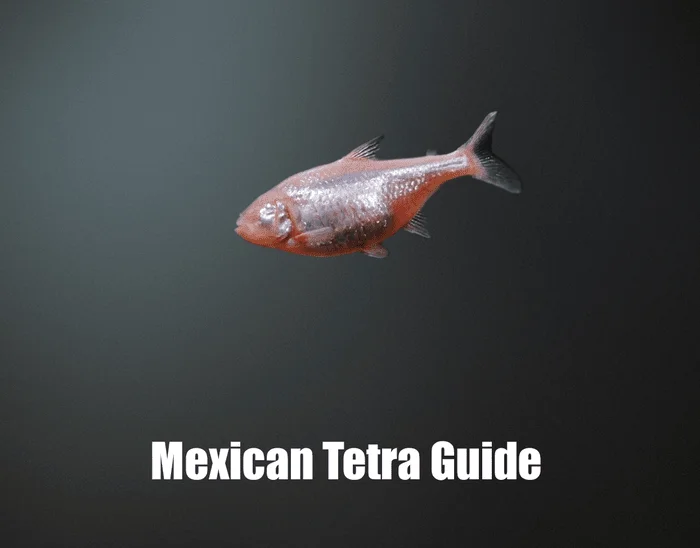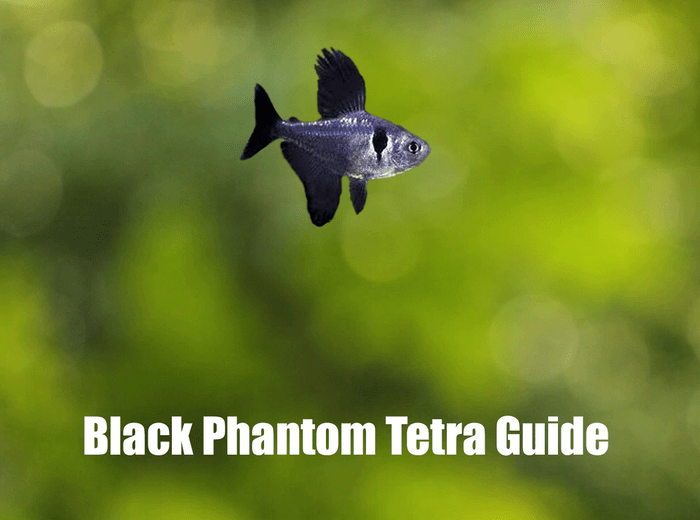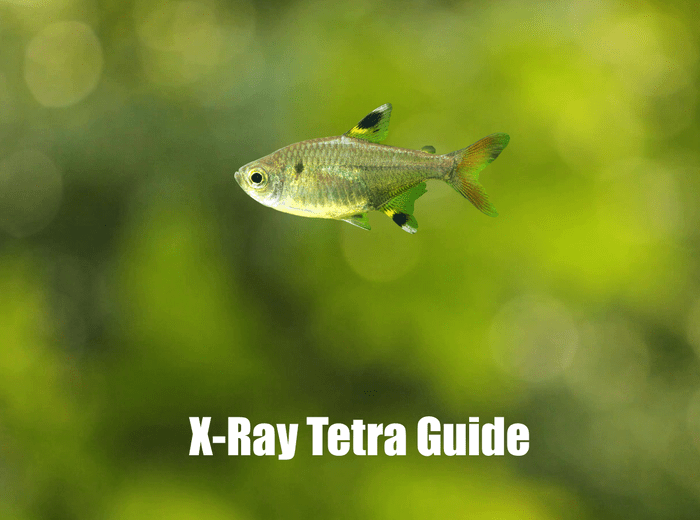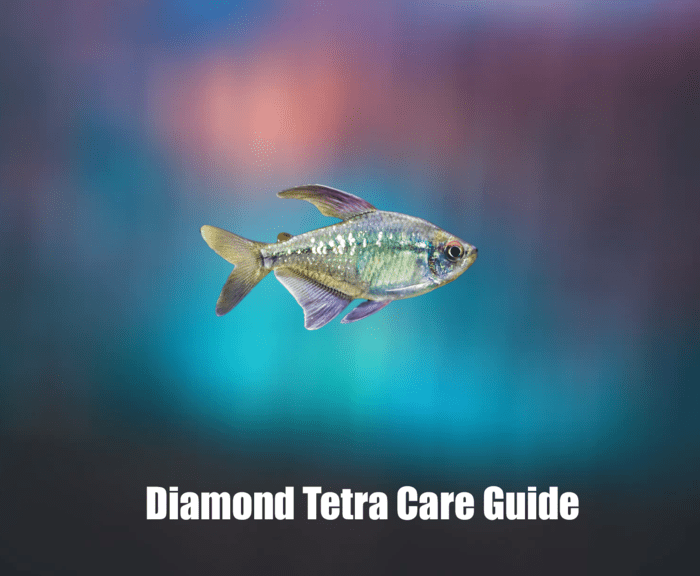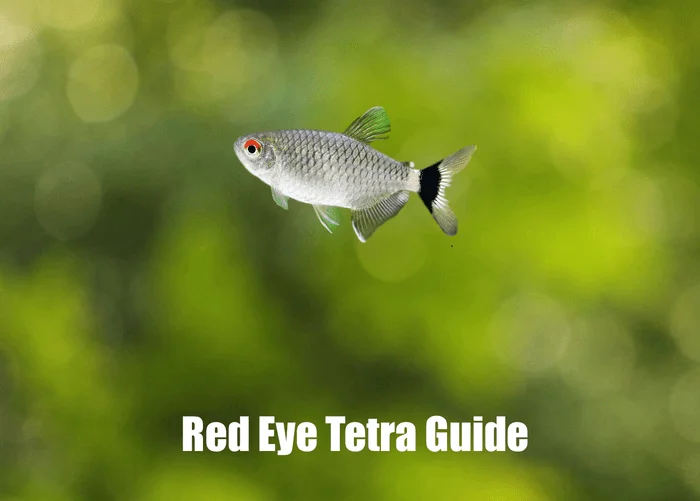Complete Care Guide for Bucktooth Tetra: Creating a Unique Aquarium
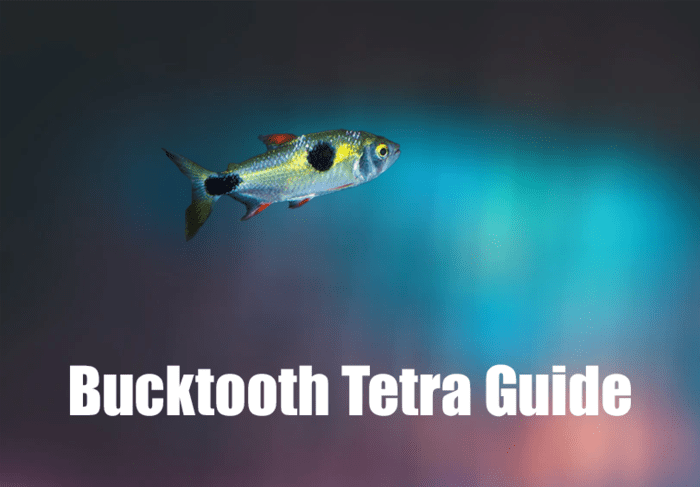
Introduction
Considering Bucktooth Tetra for your aquarium or looking to enhance their care? This comprehensive guide is designed for aquarists of all skill levels. The Bucktooth Tetra, scientifically recognized as Exodon paradoxus and admired for their unique appearance and lively behavior, are a captivating choice for freshwater tanks. In this guide, we’ll explore all the essentials you need to know to ensure your Bucktooth Tetra thrive.
Understanding Bucktooth Tetra
Origin and Characteristics
Bucktooth Tetra, hailing from the dynamic river environments of South America, especially abundant in the Amazon Basin, are a striking species in the aquarium trade. These medium-sized fish, typically growing up to 2.5 inches, are known for their unique, vibrant red coloring and distinctively sharp teeth, which set them apart in any aquatic setting. Their most notable characteristic is their aggressive behavior, particularly noticeable during feeding, coupled with their tendency to nip fins, which adds a dramatic flair to their presence.
The males and females of this species are quite similar in appearance, but the males often exhibit slightly more intense coloration. What makes them particularly interesting to aquarists is their active nature and the specific care they require, including a diet of live or frozen food and a well-structured tank environment to mimic their natural habitat. They are robust swimmers and tend to exhibit fascinating social behaviors within their group, often seen engaging in mock battles, which brings a lively and engaging dynamic to the aquarium.
Behavior and Tank Mates
Bucktooth Tetra are active, somewhat aggressive fish and are best kept in groups of at least six to dissipate their nippy behavior. They are suitable for larger community tanks with other robust, similarly sized fish. Their lively swimming and dynamic interactions make them an intriguing choice for experienced aquarists. Some common and suitable tank mates for Bucktooth Tetra:
- Large Tetras: Species like Congo Tetras or Buenos Aires Tetras can be good choices. They are large enough not to be bullied and can keep up with the active swimming style of the Bucktooth Tetras.
- Barbs: Fish like Tiger Barbs or Cherry Barbs. They are also active and can hold their own with Bucktooth Tetras. However, it’s important to monitor for any signs of aggression, as barbs can also be fin nippers.
- Rainbowfish: Larger species of Rainbowfish, like Boesemani or Turquoise Rainbowfish, are peaceful yet robust and can add color and activity to the tank.
- Medium-Sized Cichlids: Some South American or African Cichlids, which are not overly aggressive, can be a good match. Fish like the Blue Acara or Keyhole Cichlids could be suitable.
- Catfish: Larger, more robust catfish species, such as the Bristlenose Pleco or larger Corydoras species, can coexist well with Bucktooth Tetras. They generally keep to themselves and their bottom-dwelling nature keeps them out of the way of the more active Bucktooth Tetras.
Remember, while choosing tank mates, consider factors like water parameters, size, temperament, and dietary needs to ensure a harmonious aquarium. Also, always introduce new fish gradually and monitor their interactions to ensure a peaceful environment. 🐠
Setting Up the Perfect Tank
Tank Size and Conditions
A 55 gallon or larger is recommended for a school of Bucktootth Tetra but they will benefit from some more swimming room. These Tetra thrive in specific water conditions that mimic their natural habitat. Additionally, maintaining ideal water parameters is the key to ensuring their health and well-being in a home aquarium. Here’s a breakdown of their ideal water conditions:

- Temperature: 72°F to 82°F (22°C to 28°C). This tropical temperature range helps in promoting their natural behavior and vibrant coloration.
- pH Level: 6.0 and 7.5, slightly acidic to neutral water conditions.
- Water Hardness: 5-15 dGH, indicating they prefer soft to moderately hard water
- Water Quality: Like most fish, Bucktooth Tetra require clean and well-oxygenated water. Regular water changes (about 25% per week) are recommended to maintain good water quality. It’s crucial to remove any chlorine or chloramine from tap water before adding it to the tank.
- Nitrate Levels: Keeping nitrate levels low is important, as high levels can be harmful. Aim to keep nitrates below 20 ppm.
- Ammonia and Nitrite Levels: Both ammonia and nitrite should always be at 0 ppm. Even small amounts of these can be toxic to fish.
It’s important to use a reliable aquarium test kit to regularly monitor these water parameters. Sudden changes in water conditions can stress or harm your fish, so any adjustments should be made gradually. Maintaining stable water conditions is key to the health and longevity of your Bucktooth Tetra. 🌊
Lighting and Decor
- Moderate Lighting: Mimic their natural, slightly shaded habitat with moderate lighting.
- Day/Night Cycle: Maintain a regular cycle, typically around 10-12 hours of light per day.
- Plants: Dense vegetation, including tall and floating plants, to provide hiding spaces and a natural environment.
- Substrate: A dark-colored substrate can enhance the natural colors of the fish.
- Hiding Places: Include driftwood, rocks, and caves for shelter.
- Open Swimming Space: Ensure ample free-swimming space to accommodate their active swimming behavior.
Diet and Nutrition
Feeding Habits
Bucktooth Tetra are omnivorous. Therefore, a balanced diet including high-quality flake foods, frozen or live brine shrimp, daphnia, and occasional vegetable supplements will keep them healthy.
Feeding Schedule
Feed them small amounts once or twice a day, being careful not to overfeed.
Frequently Asked Questions – Bucktooth Tetra
Bucktooth Tetras (Exodon paradoxus) typically grow to be about 2.5 to 3 inches (6.5 to 7.5 centimeters) in length when fully mature. Their size, along with their active and somewhat aggressive nature, should be considered when setting up an aquarium, as they require adequate space to swim and exhibit natural behaviors. A spacious tank is essential for maintaining a healthy environment for these fish.
The Bucktooth Tetra (Exodon paradoxus) is often considered one of the most aggressive species among tetra fish. Known for their nippy behavior and tendency to prey on smaller fish, Bucktooth Tetras can exhibit quite aggressive tendencies, especially during feeding times or when kept in an inadequately sized aquarium.
Breeding Bucktooth Tetra (Exodon paradoxus) can be challenging, as they have specific requirements and behaviors that need to be carefully managed. Some tips are listed below to increase your chances of success.
Health and Wellness
Breeding Tips
Breeding Bucktooth Tetra (Exodon paradoxus) can be challenging, as they have specific requirements and behaviors that need to be carefully managed. Here are some tips to increase your chances of successful breeding:
- Setting Up a Breeding Tank: Prepare a separate breeding tank to provide a controlled environment. This tank should be about 20-30 gallons, with soft, slightly acidic water (pH around 6.0-6.5). The temperature should be slightly higher than their regular tank, around 80°F (27°C). Add plenty of plants and hiding spaces to mimic their natural habitat.
- Conditioning the Breeders: Condition the breeding pair with high-quality foods, such as live or frozen foods like bloodworms, brine shrimp, or daphnia. Healthy, well-fed fish are more likely to breed successfully.
- Choosing the Breeders: Select healthy, mature fish, usually around 1 to 2 years old. Males typically have brighter colors and may display more aggressive behavior.
- Spawning Behavior: Bucktooth Tetras are egg scatterers and do not exhibit parental care. Spawning may occur following a period of chasing and displaying by the male.
- Egg Protection: Once spawning has occurred, remove the adult fish from the breeding tank to prevent them from eating the eggs. The eggs are very small and should hatch within 24 to 36 hours.
- Raising the Fry: Initially, the fry will be too small to eat standard fish food. Feed them infusoria or commercially available liquid fry food until they are large enough to eat baby brine shrimp or micro worms.
- Tank Conditions for Fry: Maintain clean and stable water conditions in the fry tank. Regular, small water changes and a gentle filtration system are important to keep the fry healthy without creating strong currents.
Breeding Exodons requires patience and attention to detail, especially when it comes to maintaining water quality and providing appropriate food for the fry. It’s also important to be prepared for the fact that Bucktooth Tetras can be challenging to breed, and success may not come immediately.
Common Health Concerns
Bucktooth Tetras, while hardy, are susceptible to health challenges common to many fish species, such as ich (white spot disease) and fungal infections. These issues can be particularly problematic for Bucktooth Tetras, given their distinct appearance and energetic behavior. To ensure their health, maintaining optimal tank conditions is crucial. This includes conducting regular water changes, keeping water parameters (pH, temperature, and hardness) stable, and providing a well-balanced diet to strengthen their immune system.
Additionally, their need for a specific water environment, mimicking their natural Amazonian habitat, should be considered. It’s important to monitor the aquarium for signs of stress or illness and to act quickly if any issues arise. Early identification and treatment are key to preventing these common problems from worsening. Creating a clean and stable habitat and understanding the unique requirements of Bucktooth Tetras are essential for observing their dynamic nature in your aquarium. Learning more about effective aquarium management will help in maintaining the health and vibrancy of your Bucktooth Tetras.
Life Expectancy
Bucktooth Tetras (Exodon paradoxus) typically have a life expectancy of around 5 to 8 years in a well-maintained aquarium. Like many fish, their lifespan can be influenced by various factors, including the quality of their environment, diet, and overall care. Providing optimal living conditions, such as stable water parameters, a suitable diet, and a stress-free environment, can help maximize their lifespan. Regular monitoring and maintenance of the aquarium are crucial to prevent diseases and ensure their well-being throughout their life.
Bucktooth Tetra Wrap Up
In conclusion, Bucktooth Tetra add a vivid and dynamic presence to any freshwater aquarium. By adhering to the recommendations in this detailed care guide, you can create a thriving habitat that meets the specific requirements of your Bucktooth Tetra. These fish, with their striking red coloration and energetic behavior, not only boost the aesthetic of your tank but also add an engaging aspect to your aquatic ecosystem.
The key to a healthy and vibrant aquarium is maintaining a stable and suitable environment. By providing your Bucktooth Tetras with appropriate water conditions, a nutritious diet, and consistent care, you’ll ensure that these distinctive fish continue to prosper, bringing energy and excitement to your aquarium with their lively demeanor and unique charm.
Share Your Tetra Experiences
Do you have any stories or tips about your Tetra tank? Share them in the comments below!
Help Others Discover This Guide
Navigate the Tetra in your tank with confidence. This guide is your pathway to creating a vibrant and healthy aquatic showcase. Enjoy the dazzling colors and lively nature of these unique fish!

